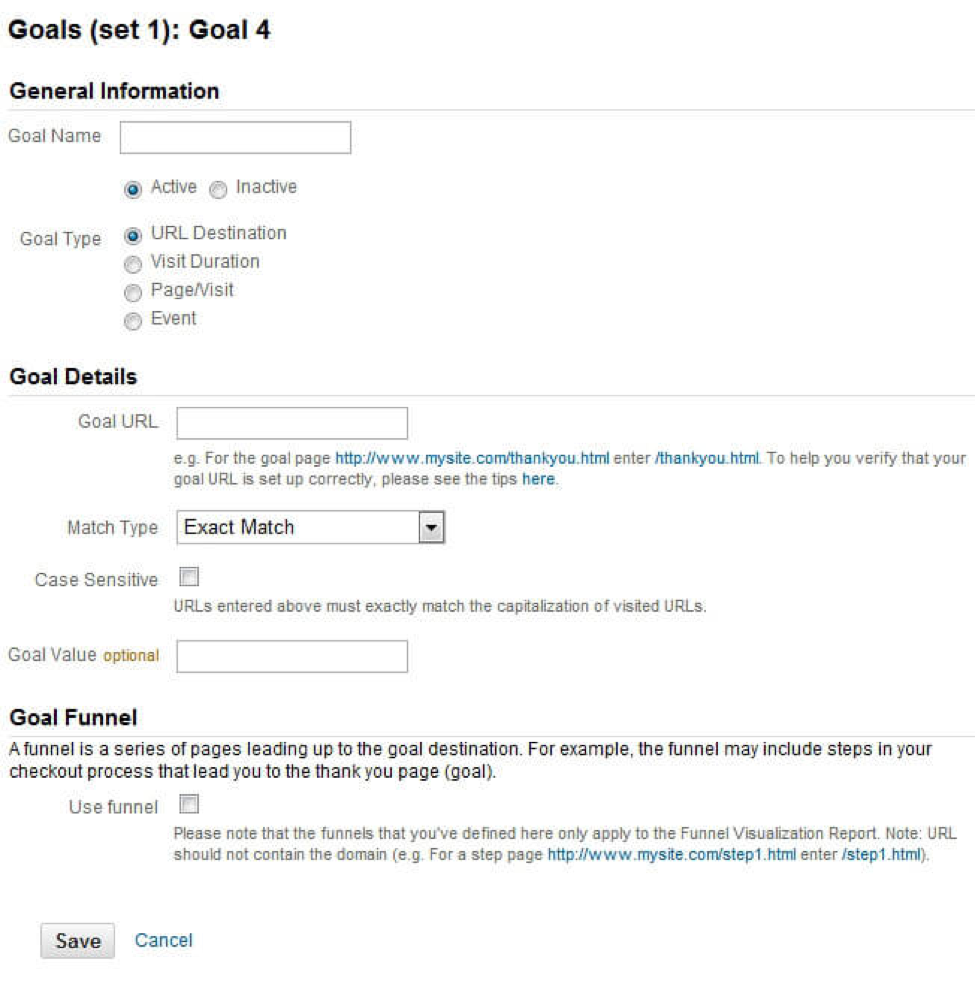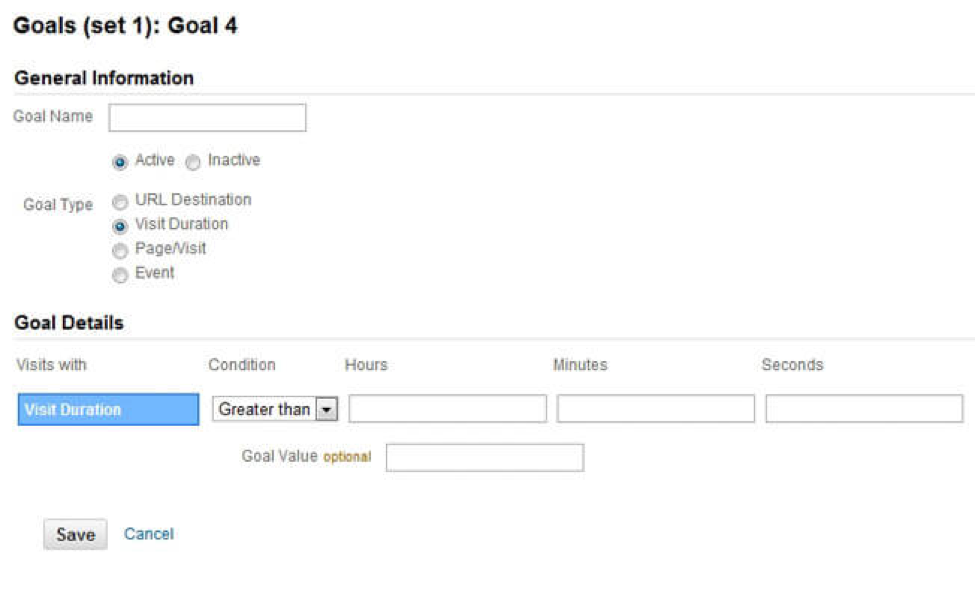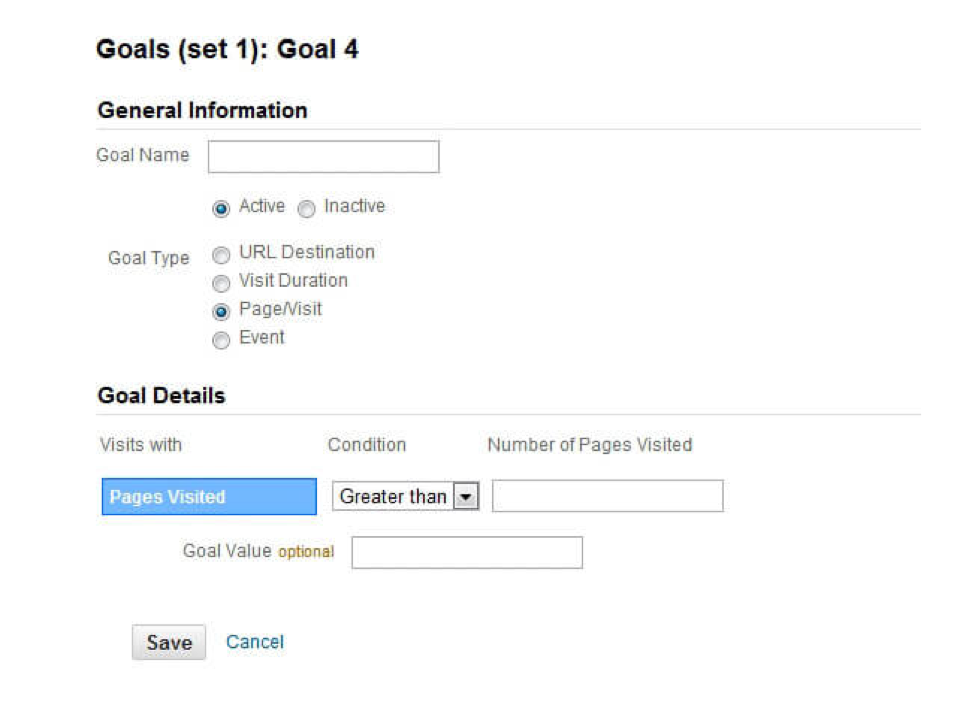
3 Goals to Track Conversions Like a Professional Traffic Analyst
Are you sure what you are doing online is working? Are you 100% confident that your current tactics are bringing the results you always wanted?
You can drive all the traffic in the world and still fail to achieve your goals and generate enough sales and conversions to keep your business afloat. The only way to guarantee your success is to properly analyse and track your conversions with goal tracking.
Remember: traffic isn’t the goal. Sooner or later, most websites get traffic. However, traffic doesn’t always translate into revenues, sales, and money.
Leads, sales, and profits depend whether visitors are engaging with your website and taking the required actions you want them to. In this blog post, we highlight three goals to track that will help you monitor conversions like a true, professional traffic analyst.
Here are the goals you want to set up and constantly track.
1. URL Destination Goals
URL destination goals are one of the most widely used and effective goals to track. In this goal, you track a specific URL and monitor whether your website traffic visitors are landing on that web page or not.
A great example of URL destination goals is in the case of tracking “Thank You” pages.
For instance, when a potential lead fills the signup form and becomes a lead, they are redirected to a thank-you page.
The URL destination goal will help you track how many of your website visitors actually landed on that specific URL — which, in this example, is a signup page.
How to Set Up URL Destination Goals?
You can easily set up URL destination goals with Google Analytics.
- Go to your ‘Admin’ section.
- Click ‘Goals’ (under “view”)
The following options would appear on your screen. Select the URL Destination (as shown in the following image) and complete the form. You won’t need to edit most of these settings.
You can create multiple URL-destination goals to track conversions on important webpages on your website. After all, the data you collect from these goals is extremely valuable as it tells you how many of your traffics were you able to convert.
2. Duration Goals
Many online business owners and webmasters use URL-destination goals, but very few resort to duration goals when tracking the success of their website.
However, duration goals can be also equally important in presenting the true picture.
How long your average user is staying on your website? You can learn that information with the help of duration goals. Additionally, you can also find whether there is a direct correlation between people who stay for a long period of time on your website and those who convert into leads/customers.
How to Set Up Duration Goals?
- Go to ‘Admin’
- Create a custom goal
- Click ‘Visit Duration’
As you can see in the above screenshot, you can get pretty specific with the time duration when creating this goal. We suggest using the average duration time on your website as a benchmark and create duration goals around that time.
3. Pages per Visit Goals
Last, but not the least, the pages per visit goals can help you track the engagement rate on your website from a slightly different perspective.
If you have an active blog or a multi-step sales funnel, the pages per visit goals can be a very important goal to track and monitor. Additionally, by setting up this goal and regularly tracking it, you can easily determine if you are driving the right type of traffic or not.
Logic dictates that if you’re driving the right traffic then visitors would be engaging with multiple pages of your website. The pages per visit goal can help you find out if that’s really the case.
How to Set Up Pages per Visit Goals?
- Go to the Admin section of Google Analytics
- Choose a Custom Goal
- Select ‘Pages/Visit’
Generally, you will use the ‘Greater than’ condition. Just specify the number of pages visited and start tracking user engagement on your website.
Final Words
Driving traffic to your website is great, but traffic doesn’t put money in your pockets. Leads, sales, and conversions do.
Without proper tracking, traffic analysis, and goal conversion tracking, there is no way to track how much traffic is actually translating into sales and revenue. We understand that reporting and traffic analysis is a difficult job because there is so much data to cover.
But tracking these 3 simple goals will give you a much clearer picture of how your website is actually performing.











